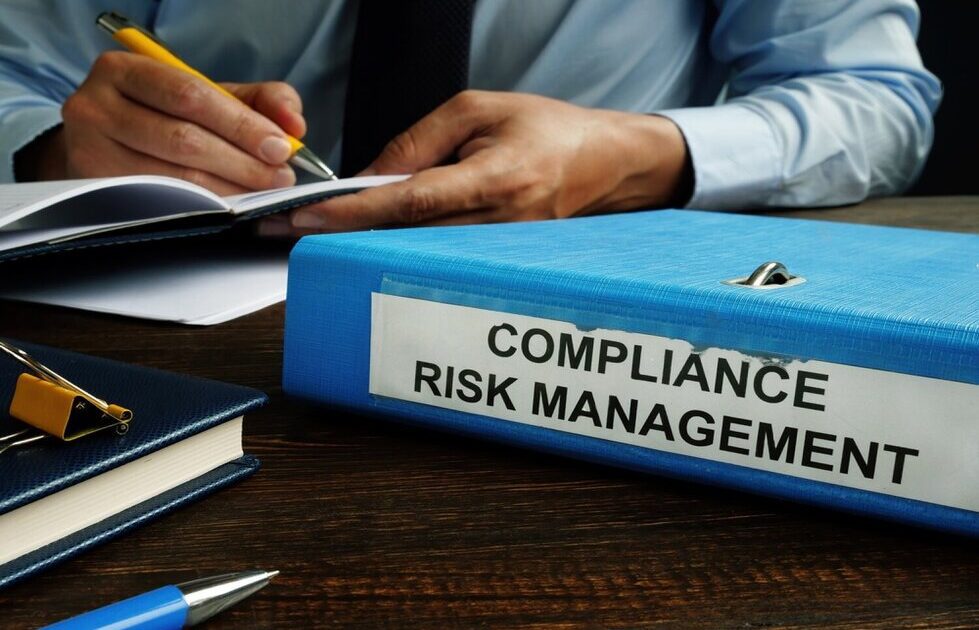Managing Governance and Compliance Risks

Managing governance and compliance risks is a critical aspect of modern business management. Organizations that prioritize effective governance, regulatory compliance, and ethical conduct position themselves for sustainable success.
On the flipside, if governance and compliance risks are not properly handled, they can result in a host of detrimental outcomes. These include: regulatory penalties, reputational damage, and financial losses. Moreover, organizations that overlook governance and compliance may find it challenging to attract investors, partners and skilled talent, as stakeholders place greater importance on responsible and ethical business practices.
This article explores the importance of managing governance and compliance risks, and offers insights on best practices for organizations to navigate some of these risks.
i. Determine the organization’s risk appetite
Risk appetite is described as “the amount of risk that an organization is willing to accept in pursuit of its objectives.” This can be defined in quantitative or qualitative ways as risk appetites are unique to each and every organization. Risk appetites are based on specific strategies and attributes that influence organizational behaviors. The centerpiece for any effective risk appetite framework involves the development of a risk appetite statement. The risk appetite statement sets out the organization’s values, strategy and capacity in terms of how much risk the organization can absorb. Once an appetite has been defined, the Board has the oversight responsibility of ensuring management monitors emerging risks and opportunities, and evaluate whether the risk appetite should be changed.
ii. Define the Board’s risk oversight responsibility
The tone for proper risk management is set at the Board level. The board is primarily responsible with overseeing the risk management framework. To effectively fulfill their duties, boards can assign specific directors with relevant expertise or knowledge in a particular area to oversee specific risk management processes. Boards can monitor risk management processes by receiving regular reports from management on risk tolerance levels to ensure they are not exceeded.
iii. Strengthen the level of risk intelligence across the entire organization.
The board should promote risk management at all levels of the organizations so that day-to-day decision-makers are aware of the strategic goals and how their decisions could impact those goals. Risk intelligence is the ability to identify, assess, and respond to risks. Management should communicate the risk management framework and encourage a risk intelligent culture through providing comprehensive training and education on risk management, promoting open communication channels for employees to report potential risks or concerns, and encouraging proactive identification and assessment of risks at all levels. Moreover, there should be establishment of mechanisms for whistleblowing to enable employees to report potential misconduct and a policy in place to protect the whistleblower.
iv. Ensure effective stakeholder involvement in risk management
Transparency is a key element of effective governance. Organizations should prioritize transparent communication with stakeholders, including shareholders, employees, customers, and regulators on the process and concerns associated with the risk management process. This involves: regularly publishing accurate and timely financial reports, disclosing relevant information, and providing avenues for stakeholder feedback and engagement.
v. Keep abreast with Regulatory Requirements
Organizations need to stay up-to-date with relevant laws, regulations, and industry standards that pertain to their activities. It is important to consistently keep track of any regulatory updates and involve legal experts or compliance specialists to ensure continuous adherence. There is need to establish robust processes to evaluate and address compliance risks, including conducting regular internal audits and risk assessments.
vi. Engage External Expertise
Engaging external experts, such as compliance advisors, lawyers or auditors, who can provide valuable perspectives, insights and ensure impartial assessments of governance and compliance practices. These experts assist organizations in navigating the evolving regulatory requirements, pinpoint areas that need enhancement and keep the organization informed about emerging risks and best practices.
In conclusion understanding and mitigating governance risks is fundamental to building resilient and successful organizations. By implementing effective governance frameworks, determining the organization’s risk appetite and identifying potential threats among other measures organizations can mitigate governance and compliance risks, protect their reputation, and create sustainable value for stakeholders. Proactive risk management is not only a legal and ethical responsibility but also a strategic advantage paving the way for long-term growth, resilience, and positive societal impact.
